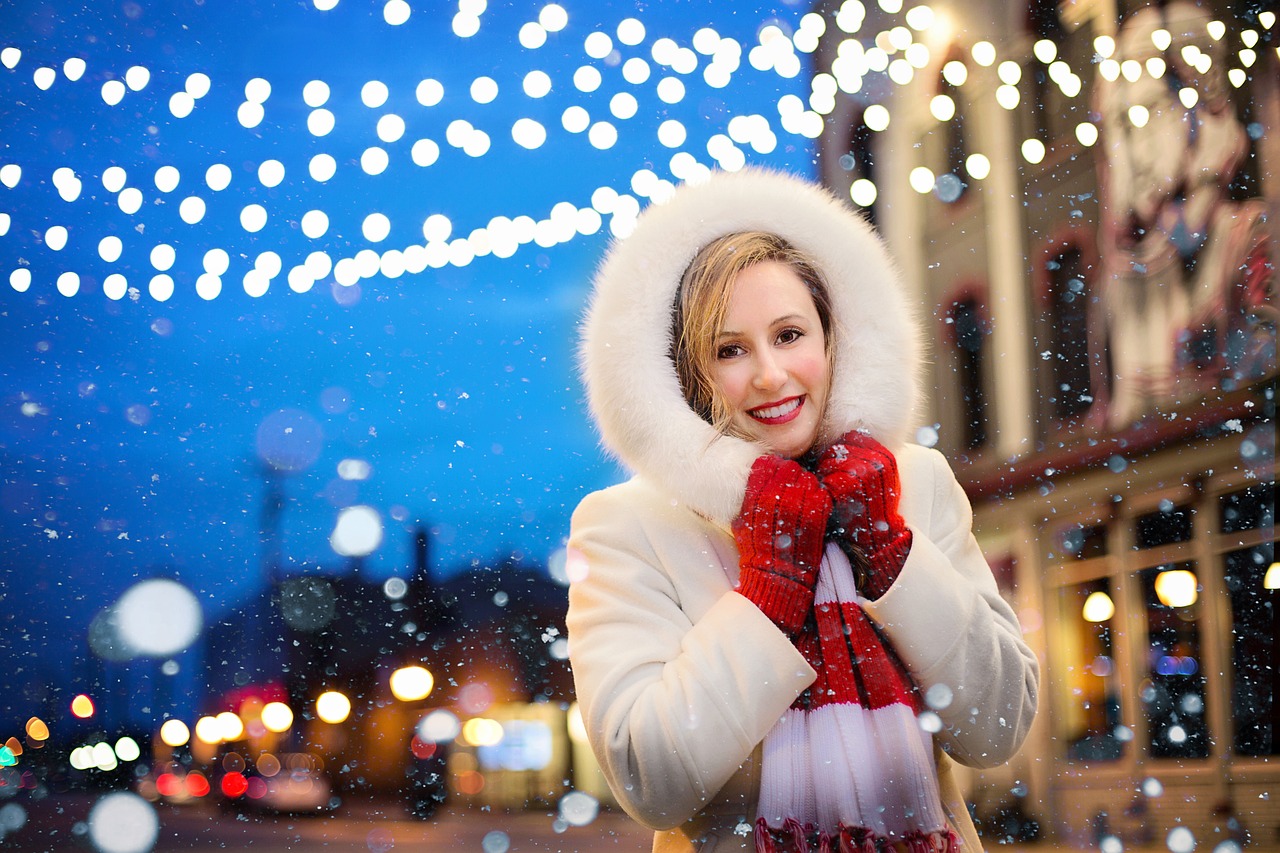December Global Holidays Celebrating Around the World’ At the end of every year, each city and every community around the world lights up filled with joy and warmth as they celebrate unique traditions and customs. December comes with families gathering around festive tables filled with good food, the twinkling lights beaming across the freezing December nights, and the warming aroma of hot chocolate. It does not matter whether you are alone by the cozy fire or dancing alongside thousands of strangers in a city, the feelings around this time of the year are priceless. Celebrate with us as we begin a cross country trip around the world during December holidays to witness global occasions that are rich in traditions — important concepts like gratitude, unity, or the concept of hope are common to all and can be found in every culture. Explore as we see how people around the world celebrate this magical season.
December Global Holidays
Magic, happiness, and celebration, that is December. December marks the end of the year, and this means holidays. Holiday magic can be felt across the globe as houses light up with Christmas lights and families gather to share happy moments together. There are plenty of such December holidays that exist, making it a month of appreciation and celebration around the world.
Holidays are a worldwide experience across cultures, whether celebrating Christmas or Chanukah. The diversity of cultures inspires the celebration of the same holy occasions in unique nations all over the world. Join us now as we take a thrilling ride across the globe’s diverse December celebrations. Learn about the origin of these holidays and how different regions around the world celebrate ‘the season’ in their own unique styles.
History of holidays in various parts of the world dates back over a thousand years. Many times they originated from historical events, ancient practices, or seasonal changes. For instance, early human civilizations gathered for the harvest to throw meals, ceremonies, and praise gods.
Different traditions could also evolve alongside advancing civilizations. People of earlier ages followed holidays as they were associated with various religions. For example, before the Christian religion took root, Christmas holidays began as a winter solstice celebration among pagans.
Customs exchange between cultures was enabled by trade and explorations with this synthesis, unique festivities arises all over the world as a showcase of practices.
As religions expanded throughout this civilizations with people sharing food, music and joys together, festive days also turned into holidays. All of the holidays reflects something of its people, culture narratives and therefore a reason to uphold such festivities from generation to generation.
Holidays in December of today’s world are more of diffusion overdue with the cut through time and space features vividly integrated to them.
The cross-cultural perspective on the conflict-aspect of rending: why do the people of different countries celebrate different holidays?
Holidays are universal phenomena characteristic of each culture and its notion with its respective holidays. Such practices allow us to comprehend various aspects of social life across cultures.
For instance, a particular occasion for celebration may be religious in nature, and customs of that firm govern the why and how of such celebrations. In most places, those events commemorate significant aspects in history or even seasons that relates to the people of that particular locality.
Also, geography is an important factor too. Countries located on the poles might practice different styles of celebrating winter solstice from the tropical countries. This adds complexity to the global festivities.
Moreover, numerous holidays foster togetherness of the members of the family and friendship circles. These act as ice breaking events, of people reuniting over a table of offer to eat to create nice moments away from home regardless of their culture.
Actually, an even better understanding comes from appreciating why the scheduling of holidays across nations is different and how those differences make the world a more interesting place.
Important Global Holiday Traditions & Customs Observed in December:
December is a month of numerous festivities each with its own cultural significance. Christmas is perhaps the most celebrated holiday in the world, and it includes family gatherings, the giving of gifts, and the adornment of Christmas trees.
Hanukkah also has its place thanks to its 8 day festivity that involves burning of candles. With every passing day families come together for prayers and traditional meals which include the famous latkes, and hear stories of hope and perseverance.
Kwanzaa focuses attention on African culture heritage from the 26th of December to 1st January. It stresses on the importance of unity of purpose through common values and appreciation of culture.
The Winter Solstice, otherwise known as Yule, is an opportunity to appreciate the seasons. Different cultures observe this season and time with ceremonies to feast and rejoice over the return of light after the longest night in the year.
Diwali spends most of its time outside December but it often celebrates the victory over darkness which means it can be close enough to Christmas to join in the global celebrations.
New Year’s Eve unites all gatherings in expectation of the new. In every corner of the earth, for parties, which traditionally symbolize hope and the rejuvenating spirit, people gather.
Christmas
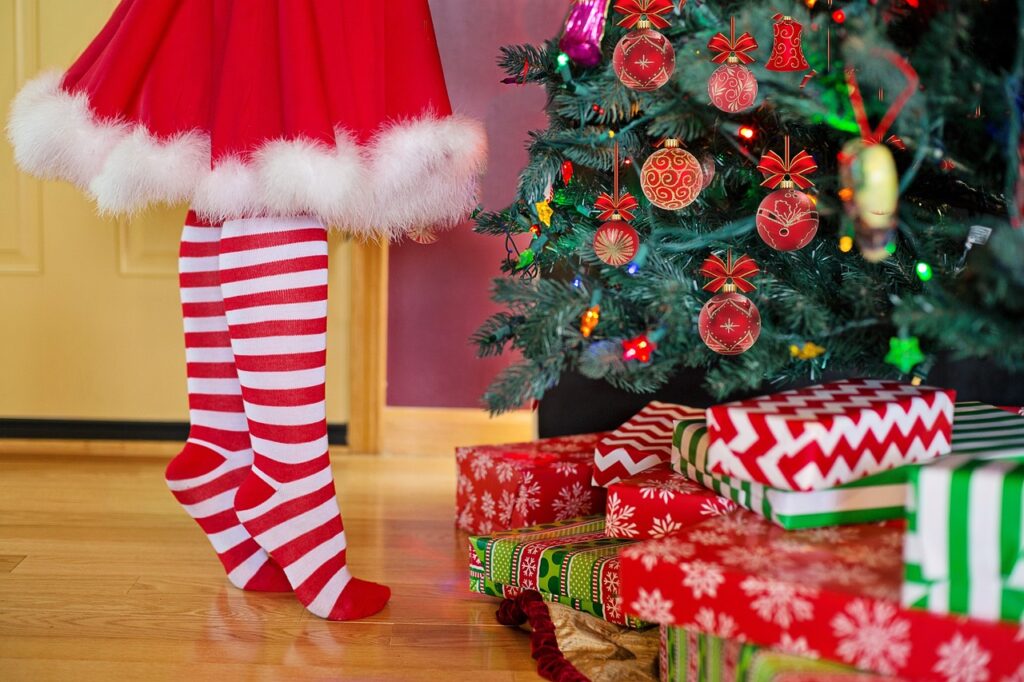
Christmas is celebrated on December 25 and is among the universally recognized holidays around the globe. It involves the birth of Jesus Christ and combines the religious aspect with the cultural celebrations as well.
Every country has its own traditions. In most countries where there are Western nations, people meet around the Christmas tree and presents. So, as winter advances, twinkling bulbs light up many neighborhoods.
For instance, millions of Italians remember the Christmas Eve supper, the Feast of the Seven Fishes. Whereas in Ethiopia, the party is held on January 7th because of the calendar variations.
There are also many versions of popular folk songs especially the songs of “Silent Night”. Singing Christmas carols has become a seasonal favorite in communities throughout the world.
Food is of course also important, this includes German gingerbread cookies or Thanksgiving roast turkey, in America. Each meal carries its own meaning and embraces family gathered around a table during the holiday season.
Hanukkah
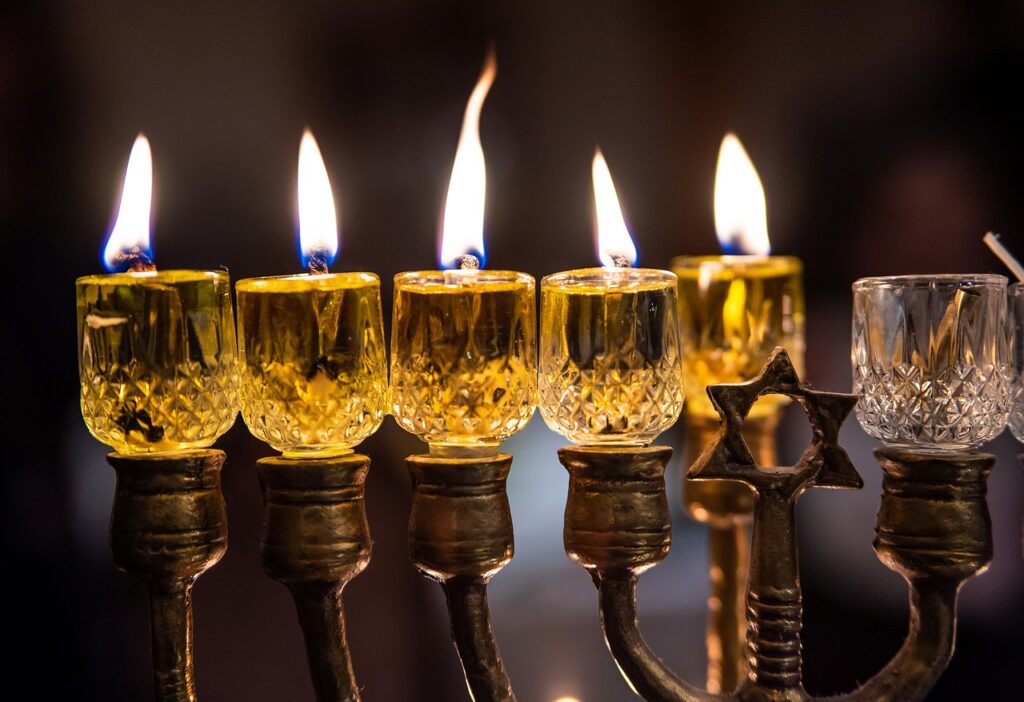
Hanukkah is also popularly known as the Festival of Lights and is a joyous occasion for all Jews around the world. It is an eight day festival that is celebrated in the month of December in memory of the re-dedication of the Second Temple in Jerusalem which is a prominent structure for the Jewish faith.
The menorah is lit by families every evening starting one candle each night in in order to have eight shining lights. One of the flickering lights hopes to remind people of the miracle of the oil lasting one day enough for eight days. There is a traditional and important food during the holiday of Hanukkah. Potato latkes are often served along with sweet jelly-filled donuts that are covered with sugar known as sufganiyot. Enjoy spinning and exchanging the decorated tops and treats for a dreidel game, adding excitement to the celebrations. Hanukkah’s rituals convey a wonderful integration of faith and family in every aspect of culture. – Kwanzaa The festival of Kwanzaa which celebrates African culture and heritage is happily observed from December 26 to January 1 to promote community and unity. The Nguzo Saba consists of seven principles, each observed on one day of Kwanzaa. These principles enable participants to think about important values such as cooperation and purpose in addition to creativity. People decorate their homes with bright colors filling the rooms. While red black and green colors symbolize the ongoing struggles and the hope for better tomorrows in the palms of the people.
An aesthetic table comprising of fruits, nuts and candles is the center for family gatherings in Kwanzaa because each of them has a significant meaning. Lighting up the Kinara or the candle holder is the most vital part of everyday rituals.
There are also presents where gift giving also adds to the celebrations. They tend to be personal or usually has cultural significance instead of being materialistic which is the norm. Such holidays create bonds within families and at the same celebrate cultural practices that have persisted thorough time.
Yule – Winter Solstice
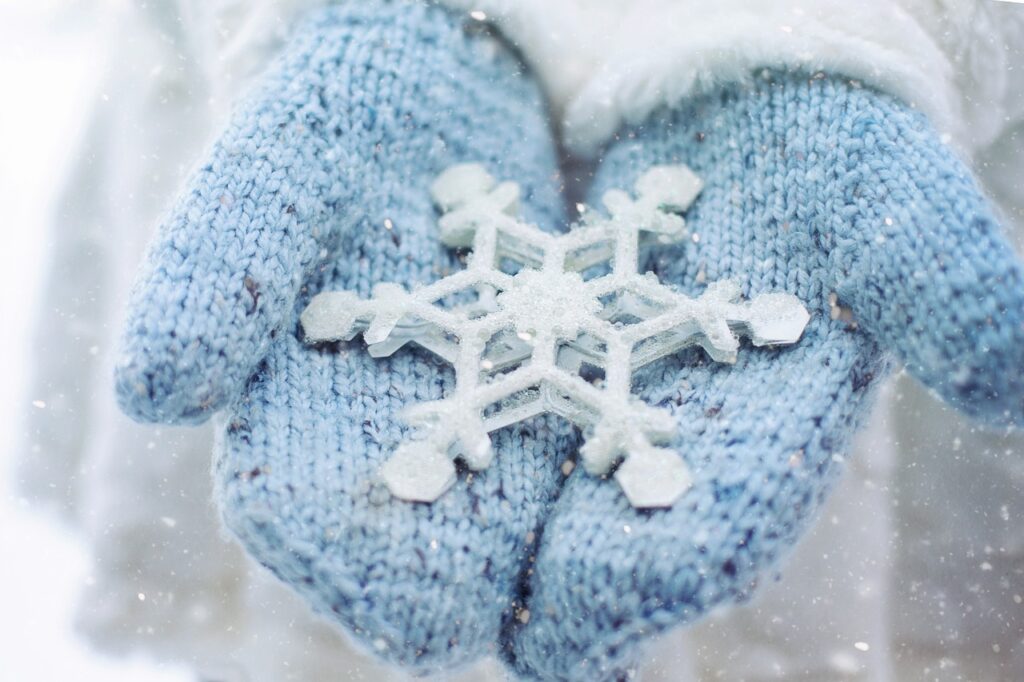
Also referred to as the winter solstice, Yule is the shortest day of the year which occurs on the 21st of December. It is associated with the yearly cycle because it is indicative of the return of the sun. This festival is a multifaceted one, consisting of many pagan customs, dating back to centuries ago.
Many people around the world prepare for Yule through a banquet and dancing. In some parts, families would light up candles or bonfires as a way to ward off darkness. The fire will give warmth which also symbolizes hope and new beginning.
This is the season where evergreen decorations are widely used. Holly, ivy and mistletoe are plants that are used to decorate houses and bring warmth during the cold winter. These plants signify strength in the hardships.
People also believe Yule to be the season of giving, hence presents are exchanged. It promotes generosity within people and that spirit is best felt during this season.
Contemporary festivities tend to draw from both Christian and several pagan beliefs and reinterpret them differently to suit the new celebrations.
Diwali (Festival of Lights)
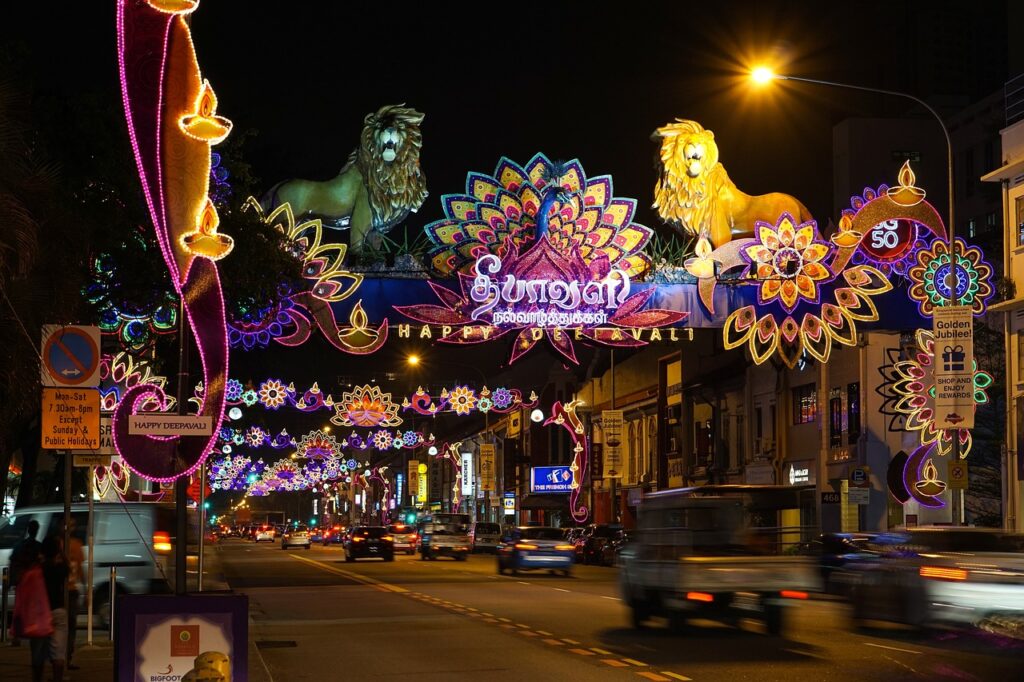
Diwali also referred to as the lights festival, has made it to the list of the popular celebrations in India as well as in all the communities that believe in Hinduism Christianity worldwide. This is elaborated through the statement, logo logs odds and time in which defeats the false.
There is an expression of family faith toward houses when families fill the homes with lighted rangoli and diyas which are made from rice and flour. The streets are strung with fairy lights which during the celebratory night creates warmth that enhances togetherness.
The five-day celebration needs rituals, prayers to Goddess Lakshmi, sharing sweets, and blowing fireworks as well. Each of these 5 days of celebration has quite an atmosphere along with its thawing being the strongest.
It is quite common to exchange unexpected presents on Diwali, thus strengthening ties with friends and relatives. Tables are a source of laughter and stories especially where ladoos and samosas that are often served during such festive occasions are present. This captivating celebration of lights, in all its charms, echoes social espirit de corps crossing cultural boundaries.
New Year’s Eve/Day
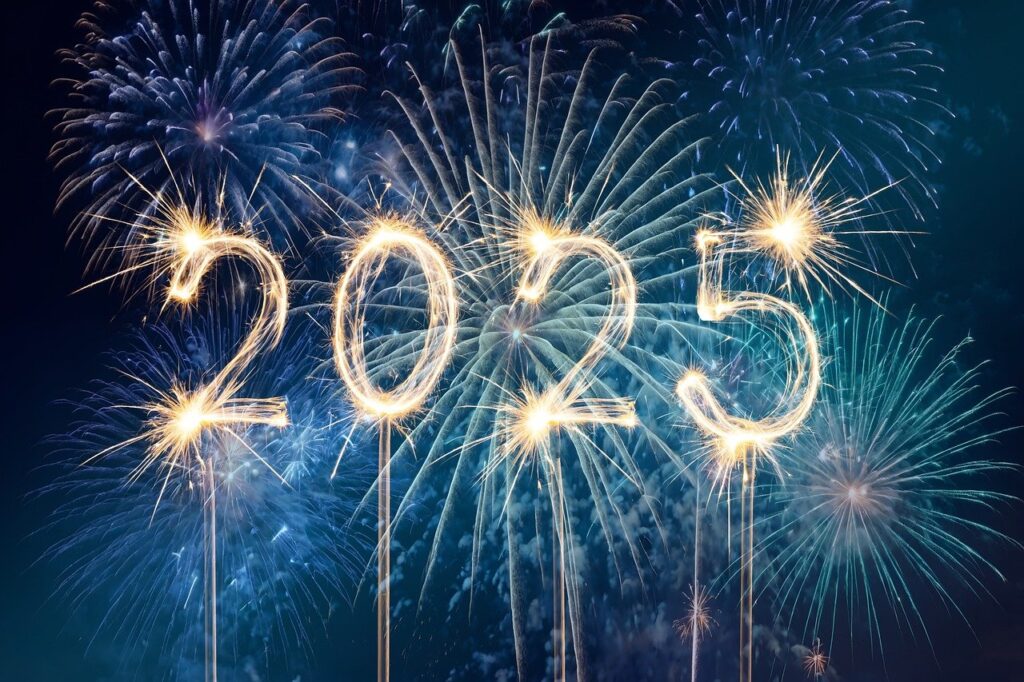
In many parts of the world, New Year is feted with great excitement as crowds collect to celebrate the beginning of another promising year at the stroke of midnight. Fireworks are often present during such occasions as they enhance the celebrations and provide jovial feelings to many as they begin anew.
Hundreds of thousands of people go to Times Square in NYC. In Spain, tradition says: eat twelve grapes, one for every chime of the clock which brings in the New Year. In Japan, once the New Year arrives, a temple is struck with twenty eight bells which symbolize freeing the year of remaining earthly desires.
People’s customs differ from the location where they live – writing wishes on paper lanterns and sailing them into the night, having mass dinners and grabbing food. All in all the performances and the New Year festivities illustrate a different culture but a common theme of rejuvenation with the new year.
Mexico has a custom and a tradition which is done on New Year’s Eve known as “Las Campanadas” where twelve chimes in a bell mark the hour, the last of which brings in the new year. Michoacán has a border with the United States on the one side. Traditional pastimes include eating grapes, making noises, and watching the prestigious ball drop in New York. Lastly, in many years the Ohio Valley performs its customs the same way.
December 31st witnesses families coming together for a special dinner followed by a temple visit during midnight where soba noodles are served as they symbolize longevity at the onset of a New year. Celebrations in Japan also encompass visitations to family temples where the ringing of bells heralds the arrival of the New Year.
From December 16 to 24 catch Mexico’s Posadas which features the extraordinary mock struggle of Mary and Joseph to get proper accommodation before giving birth to baby Jesus.It is a unique geographical territory filled with concerts, flying papercraft, and a wide range of edible stupor.
Getting A Sun-Kissed Christmas In Australia Although families focus on barbeques more than eating hotpots in the festive season of December as it is summertime in Australia as elders go for a festive actually spend Christmas beaching and listening to Christmas theme songs played by bands near the beaches.
South Africa celebrates heritage, friends, family, meat, and camaraderie through the warmth of a continuously burning flame known as braai. Braai’s in December is not only a day but an all-night parade of meat wrapped around friends, family, good food, and good weather on the 16th.
Christkindlmarkt Germany
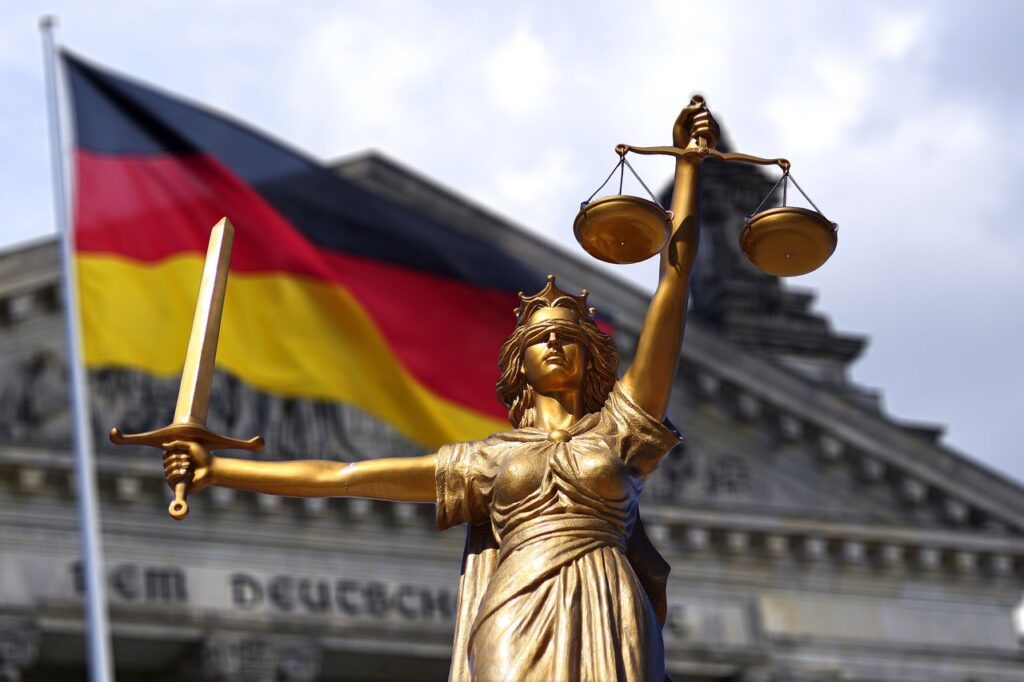
Christkindlmarkt, a name designated for Germany –known for being beautiful and enchanting that takes people on a fairy-tale once the dusk has settled with marketplaces combining lights and beautiful decorations featuring wooden houses which sell a massive range of handmade crafts and Food dedicated to Christmas. The festive period runs from November 27 till December 24th attracting tourists and locals alike.
Cut out for Christkindlmarkt? How about Glühwein with Lebkuchen & roasted chestnuts? Well, what if We told you that the aroma of all these throbbing with scents is not an imagination but a reality.
Every market possesses that particular charm that sets it apart from others. Some host live bands or shows that make the atmosphere more fun for family and friends. Locals wear traditional costumes, representing the true essence of all this feasting.
Christkindlmarkt jubilant spirit gathers the community and brings happiness to the holidays. It’s not only about shopping; it’s about spending quality time with loved ones, surrounded by shining lights and laughing people.
Japan’s Omisoka
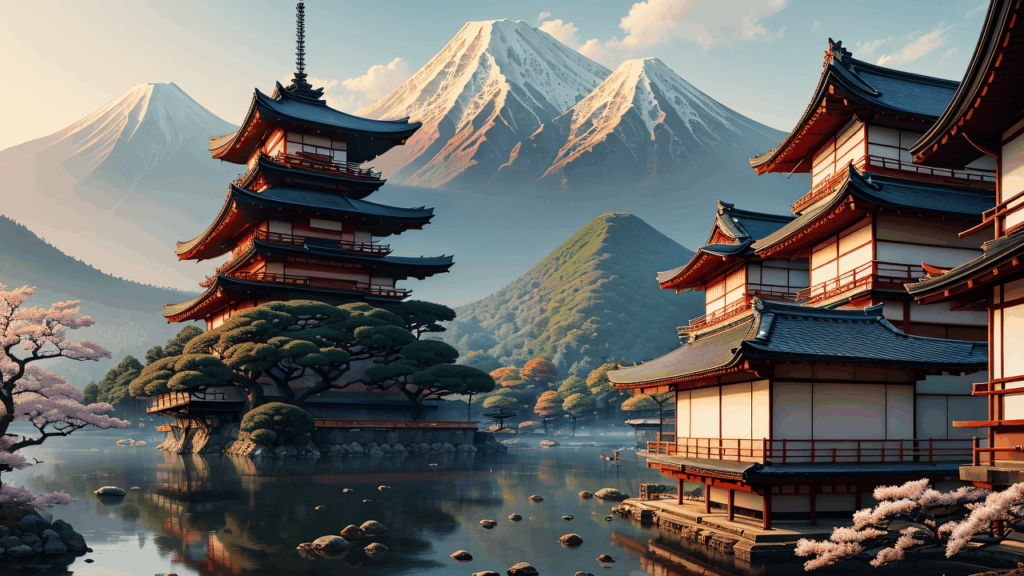
In Japan, December 31 is rated an important day as it is the day to celebrate Omisoka. This holiday is essentially about bidding goodbye to the old year and raving for the New Year.
Though some families practise it differently, the most common includes deep cleaning the house. The practice is considered a way to wash away calamities and prepare for the New Year.
The family finds it easy to bond together while enjoying a meal centered on soba noodles, the toshikoshi soba. The Japanese view toshikoshi soba’s long noodles as a symbol of strength and endurance.
Bells in shrines and temples ring in unison a number of 108 times, which signifies how many different human desires exist that are sure to bring anguish, as the clock approaches midnight.
A glimpse of the loving decorations of pines and bamboos fills the heart with cheer and as people eagerly look forward to the New Year, so do their dreams. This period in Japan showcases a harmonious fusion of cultures as there are many traditions that are still held dear, even in modern times.
Las Posadas – Mexico
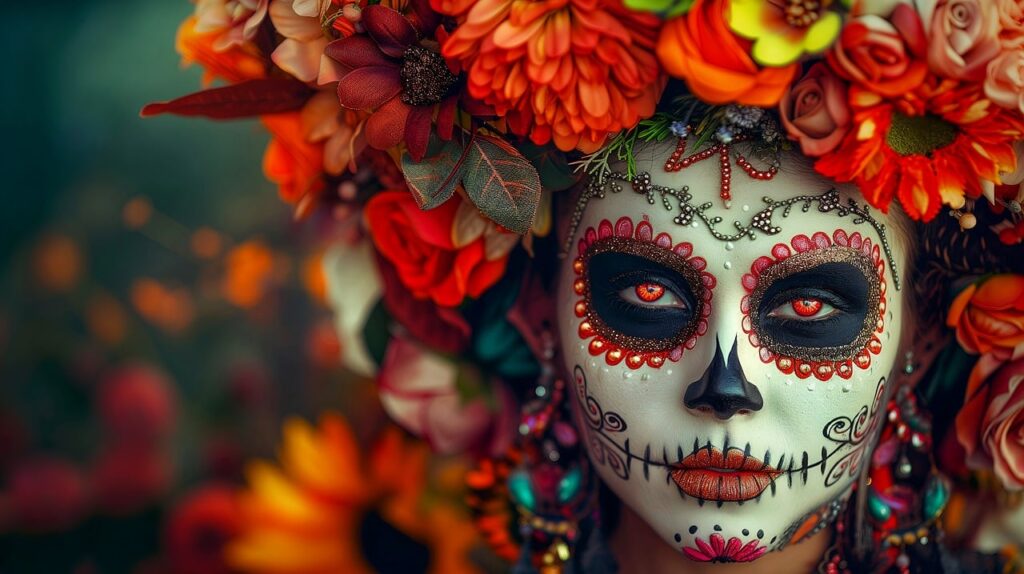
The Mexican tradition known as Las Posadas adorns the cold December nights with a feeling of community, love and warmth. It is a celebration of nine days that begins on the 16th December, where a scene of Mary and Joseph in search for a place to live is displayed.
Dressed as biblical figures, they visit homes and sing Christmas carols with a slight twist, these scenes taking place in every house. Such events marked their stay in there and were often accompanied by tasty foods, songs, and laughter.
Las Posadas involves children who vigilantly carry decorated lit lamps and stars used to fill piñatas which are then distributed at the end of the night.
Usually the parties end in glory with children enjoying eating warm tamales and ponche which is a drink filled with fruit.
The Fiesta Pass however reaffirms the principle of familia by showcasing families coming together to narrate stories while munching on a variety of delectables under the setting sun and stars.
Australia’s Christmas at the Beach

Australia’s Christmas at the Beach is quite montanious from the regular fun especially during winter holidays. Quite a number of Australians opt for building sand castles in the scorching heat of summer rather than playing with snowflakes.
Picnic barbeques on the serene looking beaches or fresh seafood combined with tropical fruits are ideal for lively families. The atmosphere is enriched with music and games that make the fesitivies worthwhile.
Instead of winter jackets, people wear summer hats and move outdoors to participate in events such as beach cricket or surfing challenges. Many also drape their surf board over with tinsel and yes Christmas is just around the corner.
Crafts and delicious sweeties made by local people await all at Christmas markets where a wide range of activities take place at this time of year. Christmas Eve sees sky fireworks lighting up the darkness almost as good as any winter Traditional Northern Christmas.
This ocelebration stands out as it is truly ovringen too Auzzie fashion while also carrying the tales of oneness and happiness that comes with the season.
South Africa’s Braai Day
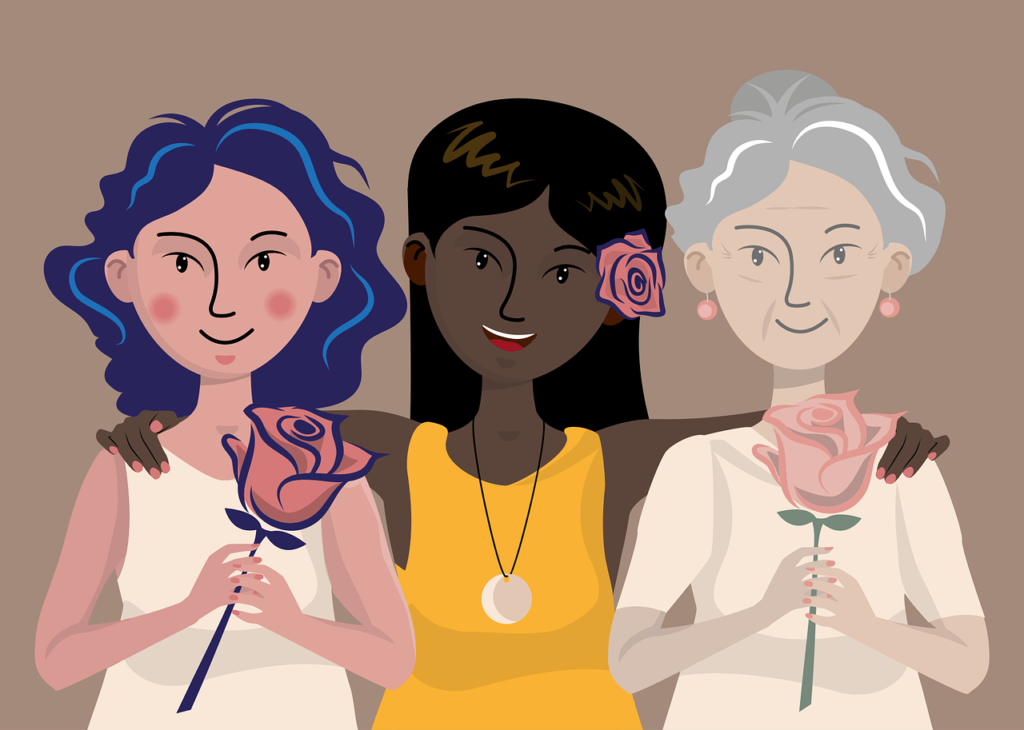
In South Africa, September 24th is Braai Day which is like celebrates the custom of braaing which is reminiscent of barbeque cooked. This public holiday is observed during Heritage Day and highlights the culture of the nation regarding its ouraldy unique.
Such issues give rise to pleasurable gatherings and picnics where there is abundant grilling of meat, cooked beer, wors staap, pap, and salsa for aroma, taste, and sight. It is an odour that comes from too much food that annihilates over different peoples.
On top of that, the essence of Braai Day is not only food related. It is about friendship and laughter and sharing history around the fire. It is believed that South Africans practice their roots and ethnicity but together as one.
Then night arrives and the sun sets and fires become brighter than the stars in the sky. This is a how people of a nation can bring about changes and make bonds that will last forever.
How to
Any, when the ending of the year approaches many of us are instead eager for the December global holidays and loved ones. There is also the pleasure of studying these diverse traditions that would help enhance windows of different cultures across the globe.
This holiday season, why not spice it up by borrowing and learning about the various customs from other holidays? Engage yourself by trying out these suggestions:
- Organize a Festive get-together: Plan a great holiday potluck. Pamper your friends and family with dishes that match various holidays. For example, latkes during Hanukkah or panettone during Christmas are awesome and there are many other delights waiting to be tried.
- Don’t Forget to Include Cultural Decor: Put Christmas decorations in your house but include a few more to diversify lebanon home. Symbols such as menorahs and kinaras representing other holidays can be an added advantage.
- Join in on the Fun: There are many countries that have their global holidays in December. Make sure you go to a few and experience what others do, such as, Diwali, the festival of lights or other Yule ceremonies.
- Educate Yourself and Others: Invite family overs and explain the meaning behind the different holidays. Knowing the origins will enhance how one relates to a celebration.
- Good Will for Others: One holiday that is shared by many nations is during the month of December where people give seek to give instead rather than ask. Use the month to reach out to people in your area that are struggling.
This festive season is wonderful not only for the joy that it brings to those who celebrate it, but for the understanding and respect one gains by immersing themselves into other cultures and their practices and beliefs.
Check out our blog for more interesting reads.

